

Alexandra Garcia Waldman Shares Her Vision for Páramo Gallery
The stylish dealer talks about her plans for the Guadalajara-born Páramo Gallery, which recently launched in New York
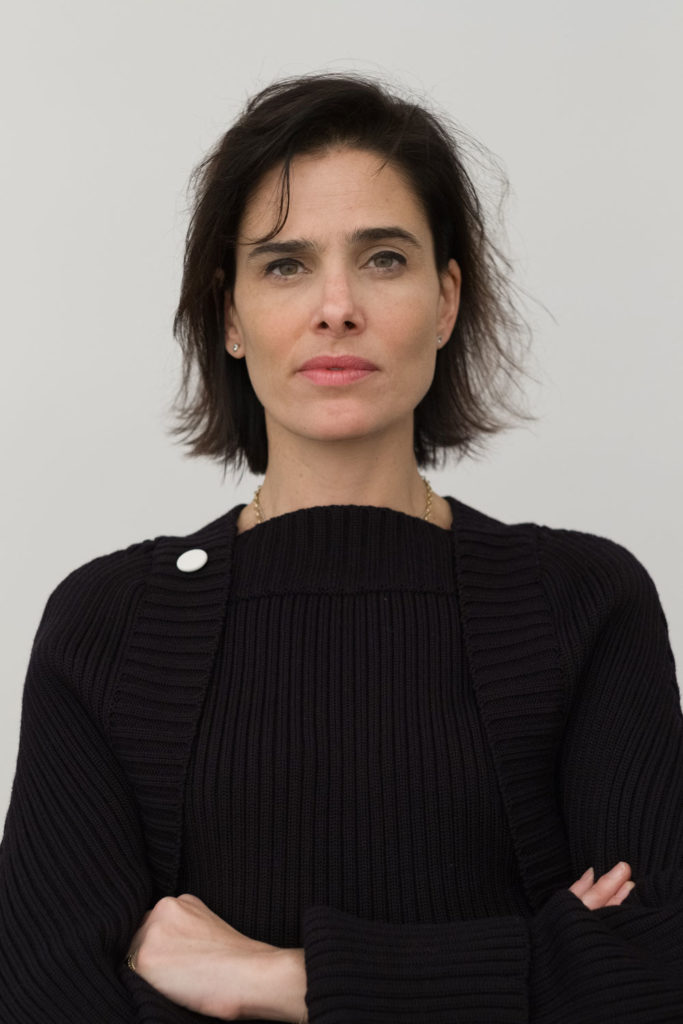
Alexandra Garcia Waldman is a vision of international art world elegance. Born in Mexico to a family of industrialists and creatives, she was raised around the world—Paris, Geneva, and New York—with a diplomat step-father and a mother who insisted she take drawing classes starting at seven years old. Growing up in her family was an inevitable mix of politics and art. It’s no surprise then, that her latest project is the bi-national Páramo gallery, which operates exhibition spaces in Guadalajara and New York as well as a new residency at the Luis Barragán designed Tetatlán house in Mexico City.
The endeavor was first envisioned in 2012 as a way to professionalize the art scene in Guadalajara and stimulate a market in the city—otherwise mostly off the radar of the contemporary art world. Garcia Waldman took over as executive director in mid-2017, and launched Páramo’s Upper East Side venue in November with a group exhibition of gallery artists including Eamon Ore-Giron and Emanuel Tovar. “It’s been an ever-changing model,” says Garcia Waldman, “But what has been consistent is the gallery’s investment in Mexico and the United States.”
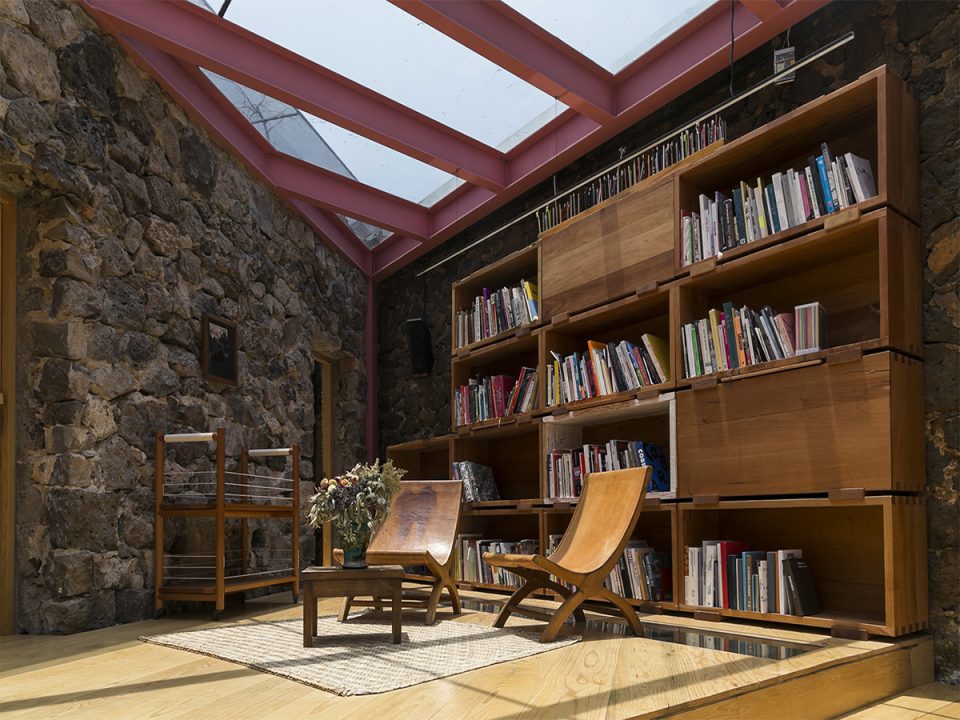
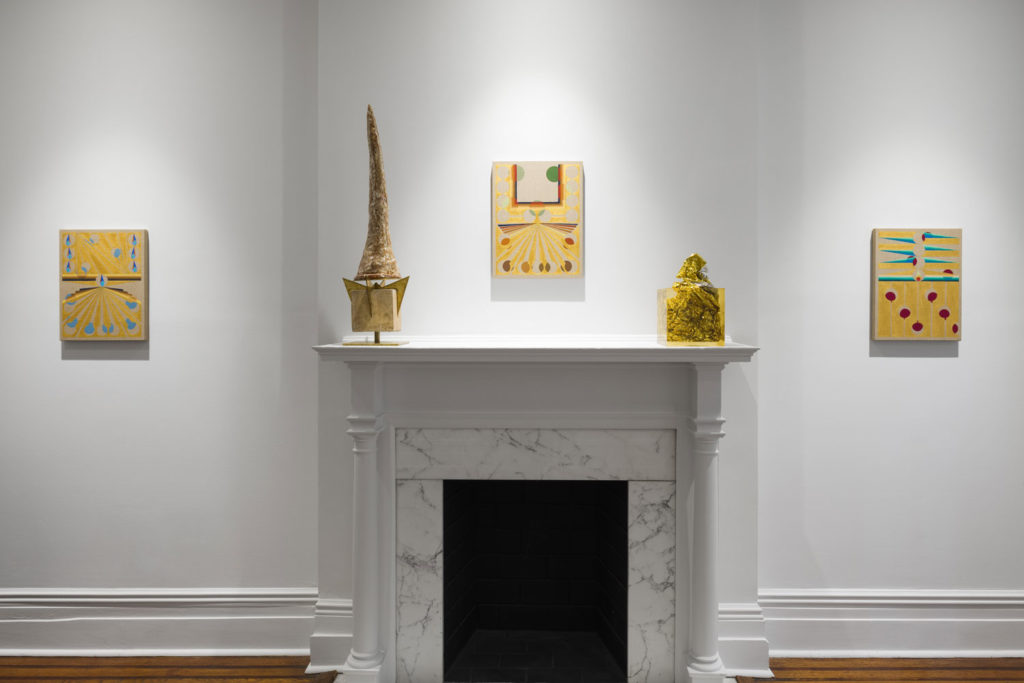
“I realized after 20 years of working in the cultural scene that it’s not necessarily about being everywhere and with everyone,” explains Garcia Waldman, who oversaw the expansion of blue-chip Brazilian gallery, Nara Roesler, to New York in 2016. “Having been trained by Nara, whose gallery is almost 30 years old, I learned what it takes to build long-lasting relationships with artists and I really value that.” Now, she says, “I want to have more intimate relationships and have deeper conversations with my community and see what we can do together.”
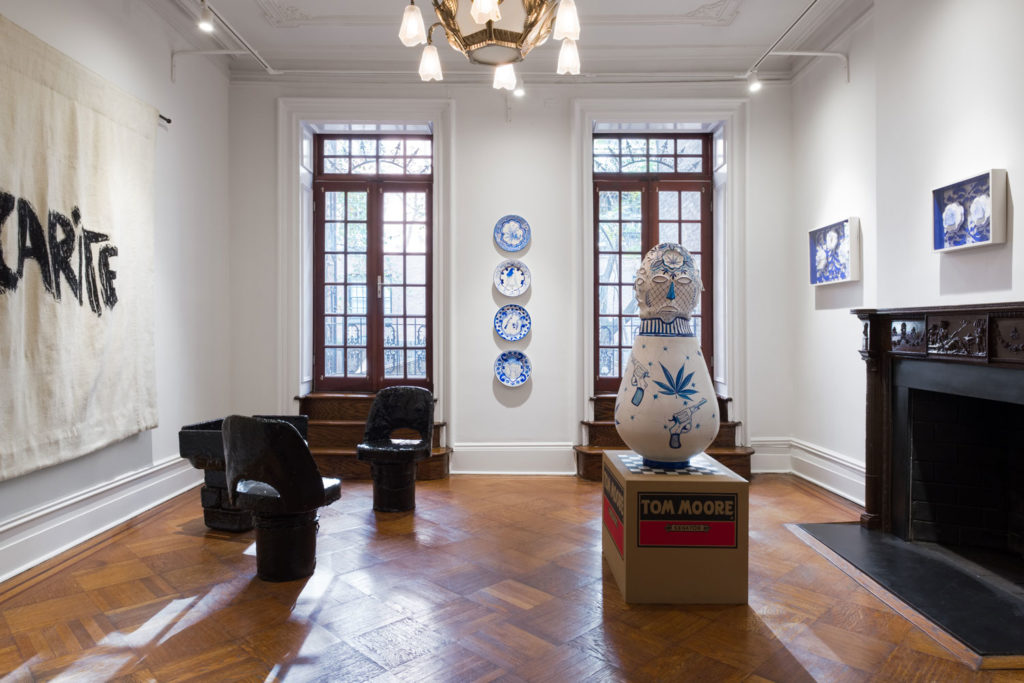
The two spaces, Guadalajara and New York, operate as complementary models, with Guadalajara serving as a traditional gallery open to the public and New York providing a more intimate, project-based environment where openings can take the form of performances, dinner parties, or non-traditional readings. A recent book launch for Paul Ramirez Jonas’s Atalas, Plural, Monumental, for instance, consisted of Jonas and the curator Dean Daderko, who are old friends, blindly pulling objects out of a box and sharing personal stories about the history of each object
“The New York space is in a townhouse and you’re received in that manner,” says Garcia Waldman. “You have a coffee or a tea, you talk, you go through the house, you see a bedroom, you see the bathrooms, you see how you could exist with art work in a very different way than in a traditional gallery.”
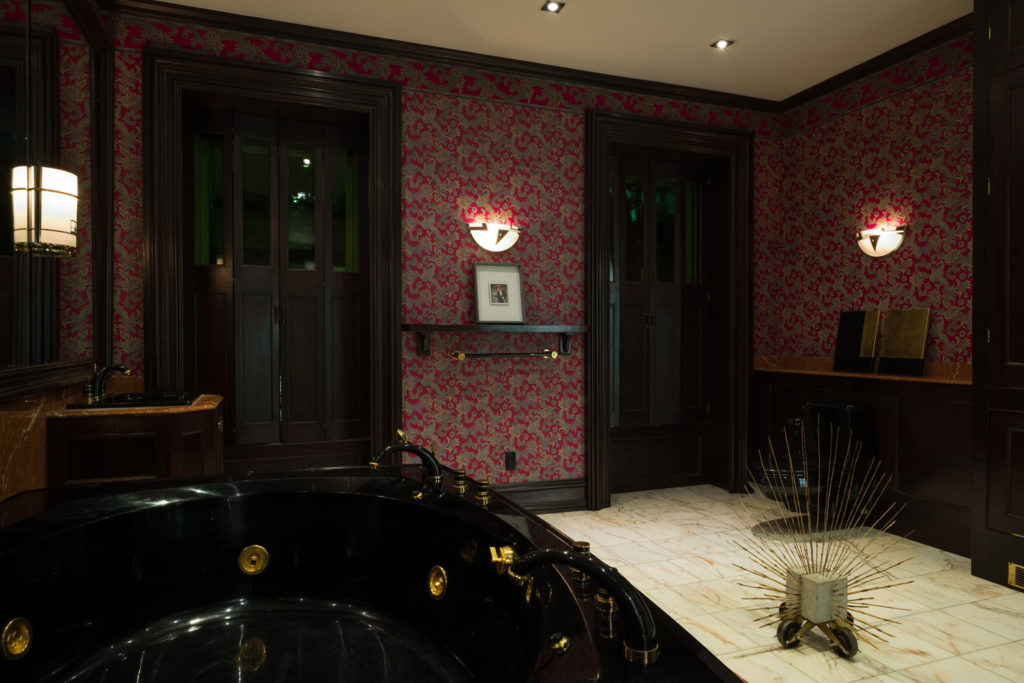
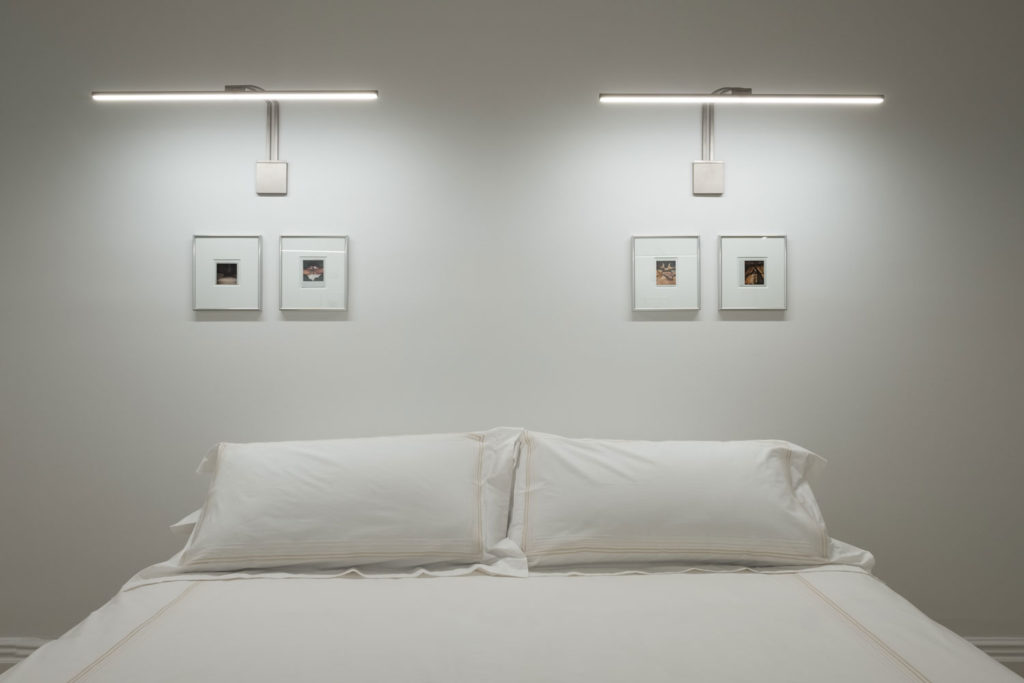
In addition to bridging geographical regions, Garcia Waldman is committed to an intergenerational program, working with emerging talent as well as world-renowned artists. This week at Mexico City’s main art fair, Zona Maco, which runs February 7–11, she is presenting two booths: one in the New Proposals sector of works by Javier Barrios and Débora Delmar and another in the Main Sector with works by Eamon Ore-Grion, Emanuel Tovar, and Eduardo Sarabia.
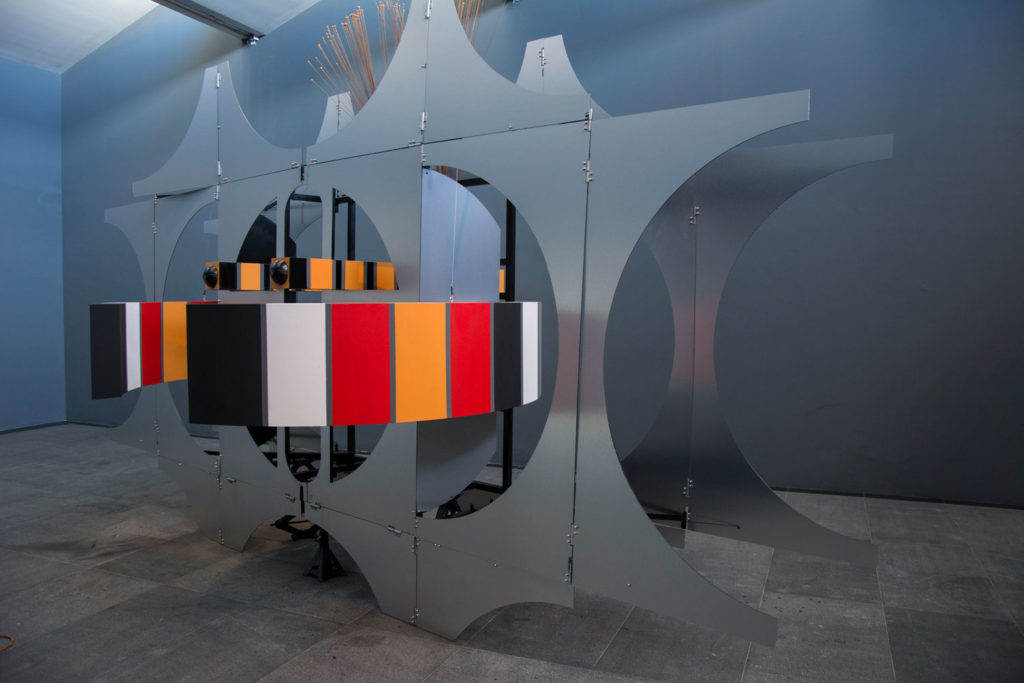
Meanwhile, within the Guadalajara gallery space is an exhibition of 89-year-old Manuel Felguérez—a founder of Mexico’s Ruptura movement, which broke from the muralism of Diego Rivera, José Clemente Orozco, and David Alfaro Siqueiros, in favor of a more international approach. “The Felguérez show we’re doing is unique because we’re working directly with him and his personal archive and we’re showing works from the ’50s to the early ’80s,” says Garcia Waldman. In March, the gallery will stage the first activation of Felguérez’s “Desire Machine,” which was made for filmmaker Alejandro Jodorowsky’s 1973 The Holy Mountain, but has not been seen since. “It is this crazy machine that is activated by a woman who pokes it and pulls it until it gives birth to another machine,” explains Garcia Waldman. She continues, “If I’m not amazed by what I’m doing then I’m not doing something right.”

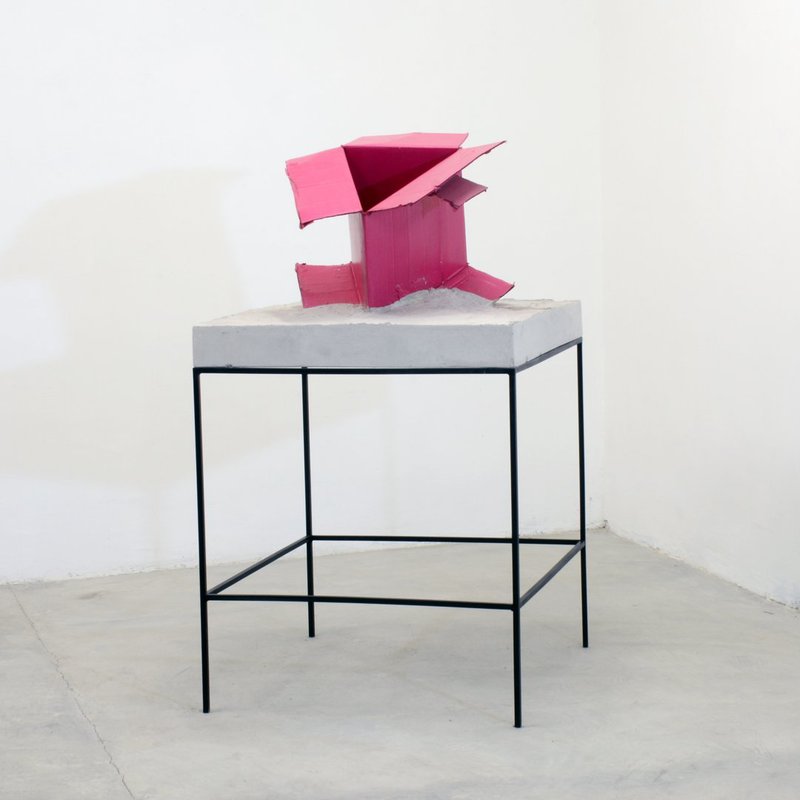
Zona Maco is in view at the Centro Citibanamex from February 7 through 11, 2018.
“Manuel Felguérez” is on view at Paramo GDL from February 3 through March 31, 2018.






